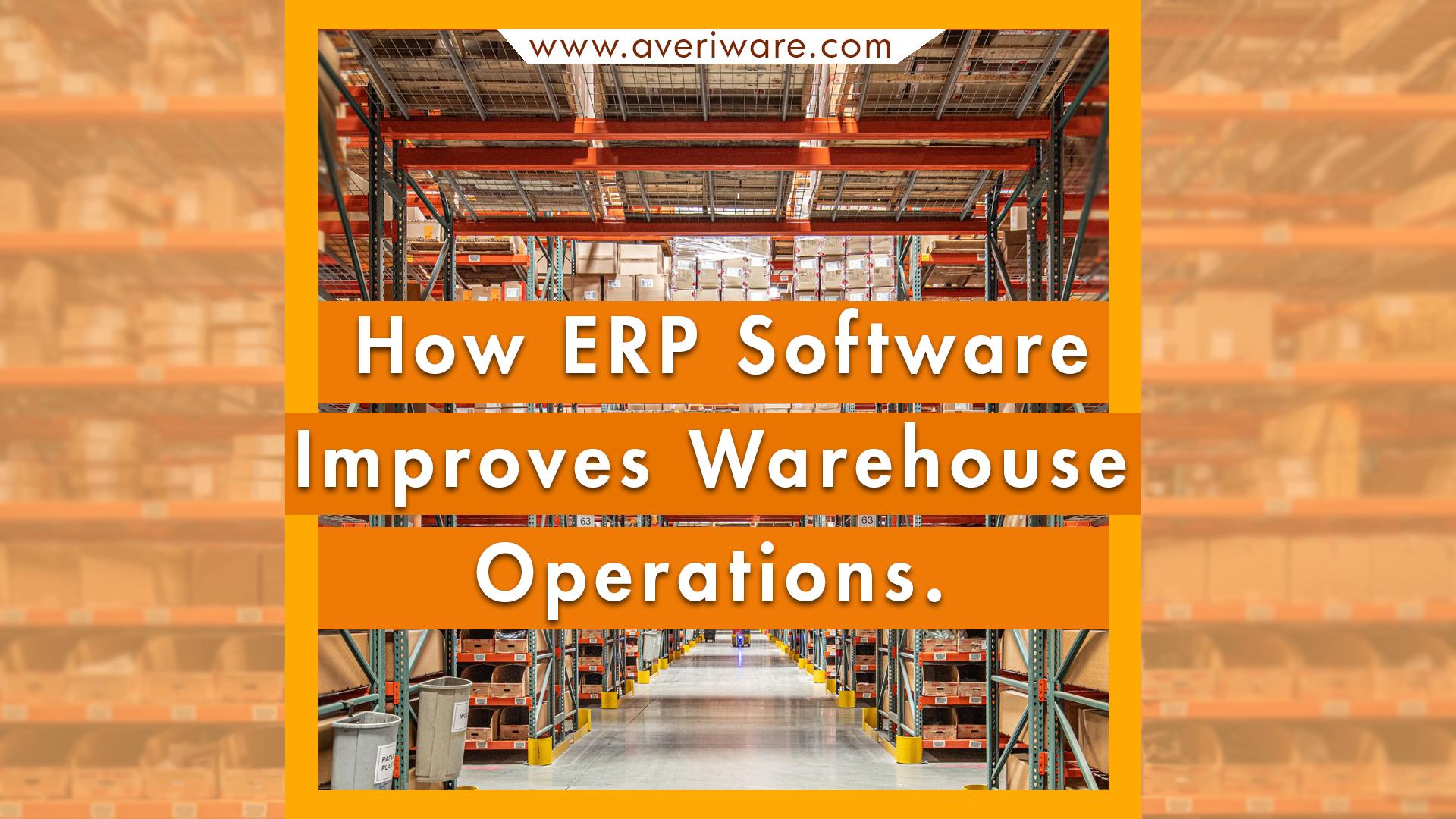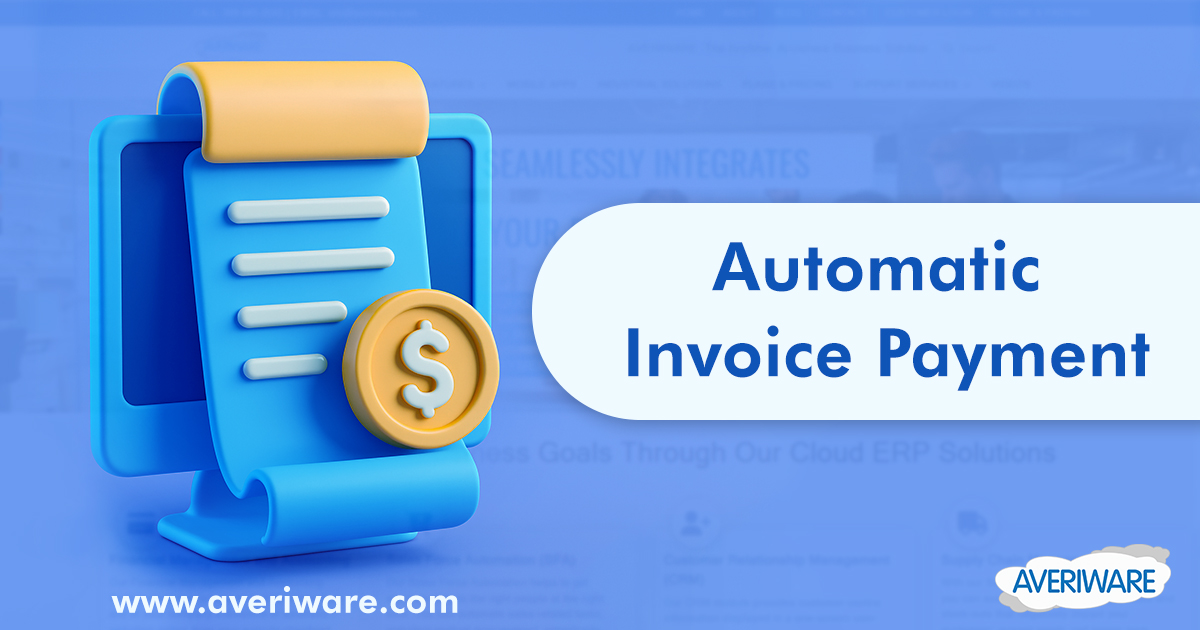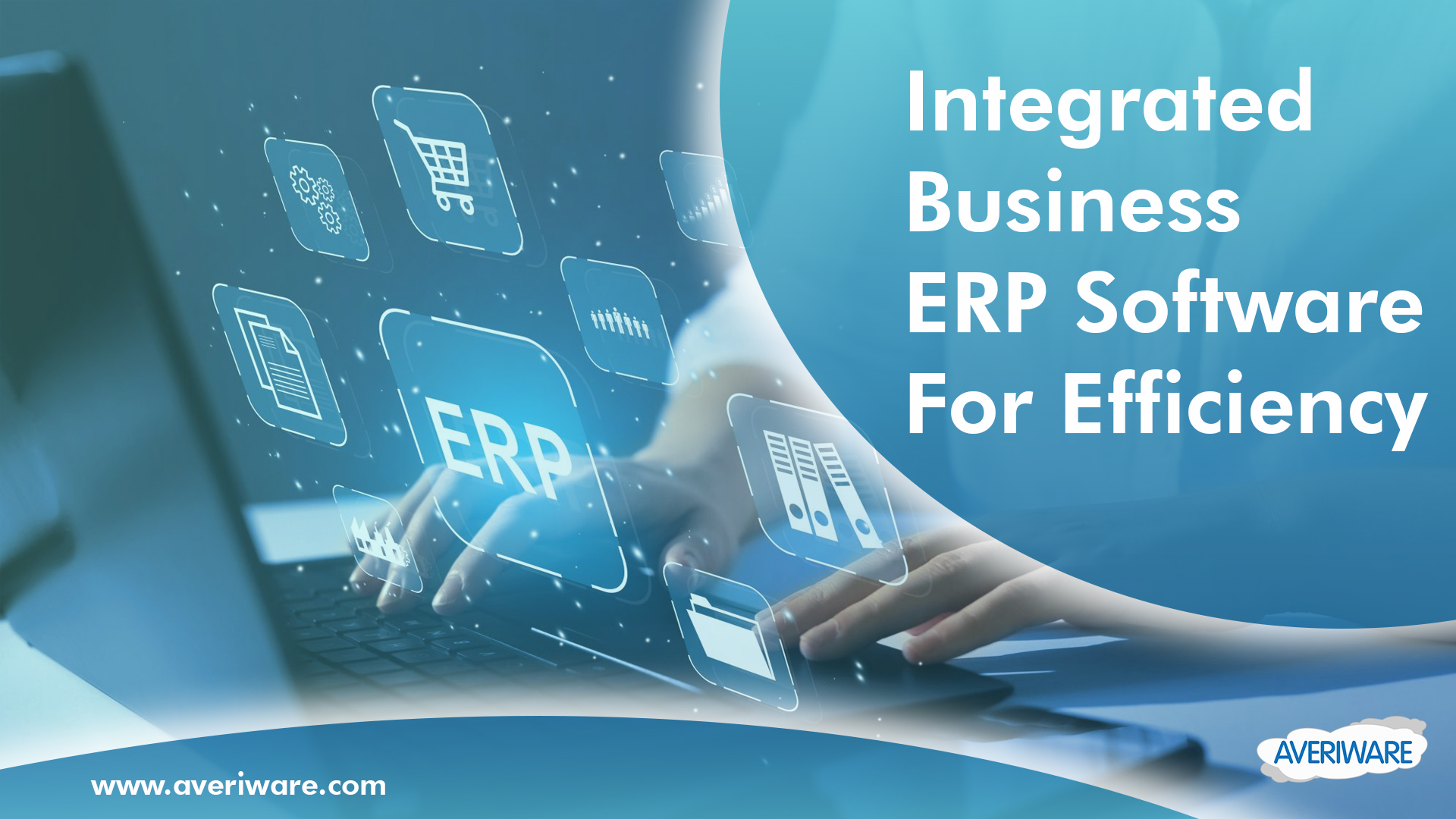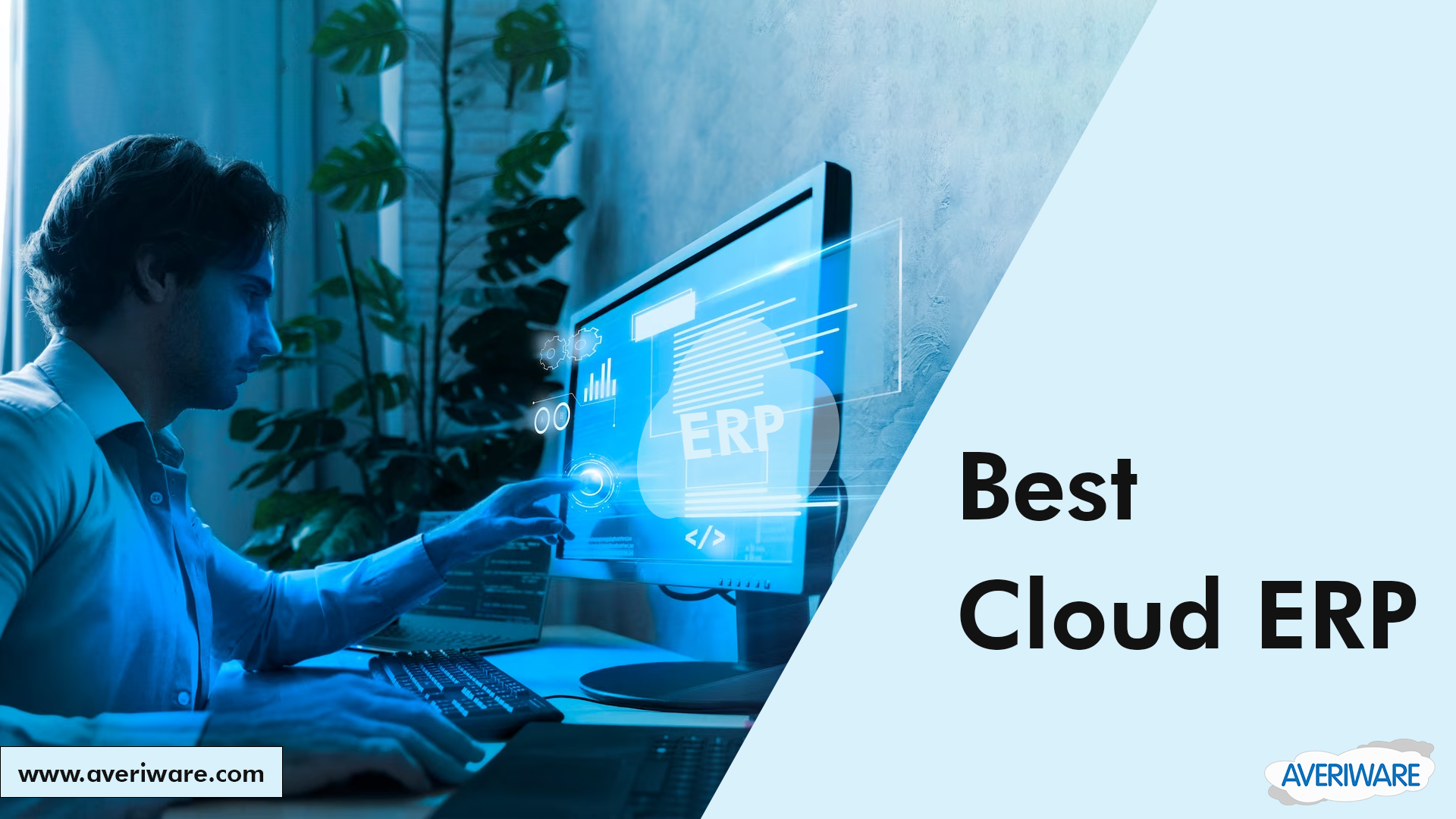In the USA alone, in June 2021, companies carried more than $2 trillion worth of inventory in their warehouses and distribution centers; other estimates say as much as 90 percent of that was stationary for the month. When it sits for a longer time, that inventory could quickly become a loss for those companies.
Your company might face the same risk, but if you don’t have a warehouse ERP or a similar system, would you know? Could you quantify the risk based on manual inventory counts and best-guesses about how long the SKU at the back of the shelf has been there?
Warehouse management tools are a primary way for companies to manage inventory and optimize orders, helping them keep margins high and avoid unnecessary losses. We’re looking at the warehouse modules inside of many of today’s ERP platforms to describe the value they provide and how you could benefit even more by adopting warehouse-specific software with extra functionality. Let’s dive into learning what’s right for you and the integration plans your businesses may have in the future.
How ERP software and warehouse systems work together
Warehouse ERP systems are growing more robust and providing greater functionality, which is delaying the need for some businesses to employ more sophisticated warehouse management systems. An ERP can help your business run its warehouse more efficiently, either on its own or as part of a broader technology stack that includes a warehouse management system.
Getting started with a warehouse ERP usually involves a significant amount of data collection around your current operation, inventory, and orders. You can employ the ERP to track inventory locations and levels, overall orders, and limited KPIs around order pick, pack, and other fulfillment needs.
Main benefits of ERP software to the warehouse system
For many companies, adding a warehouse ERP software system or module can solve a lot of common issues that crop up when you’ve got processes that are manually laborious. Automation, in the sense of software and not robotics, is a proven way to give your warehouse a better operation. ERPs enable a significant amount of that automation.
Here are some of the most significant related benefits you’ll find by employing an ERP warehouse solution.
Inventory management: Warehouse ERP solutions reduce your inventory counts and tracking by hours each week, by automatically updating SKUs, counts, and dead stock as you fill orders and move through the month.
By following items as you use them to fill orders, and by giving pickers specific orders to eliminate inaccurate grabs, you’re dealing with less inventory loss—this includes fewer times you pick the wrong product and then put it down on a random shelf to “deal with that later.”
Picking optimization: Building on inventory management is the ability of a warehouse ERP to give your teams picking orders that move them efficiently through your warehouse. You’ll help your team pick more accurately and reduce the amount they walk or retrace steps, which adds up to happier employees at the end of the day.
Warehouse ERP systems can also update picking orders with new locations when you move bins, whether that’s because a product is more popular and needs to be centrally located or you ordered more than usual and have an overflow bin to tackle first.
Staff support: If you’re not using an ERP or WMS to run your warehouse, you’ve got a lot of manual processes for any new team member to learn. Most of these are going to be institutional, while not necessarily intuitive for the new person. They’re also learning a system that is most likely not something that is similar to other software they’ve used before.
ERP systems are fairly standardized and tend to feel like other software, making them a little easier for your teams to learn. If you’re growing, this means fewer errors as large sets of new people join and have to learn how you operate.
The end of the spreadsheet: My personal favorite is the ability of a warehouse ERP to remove your need to create and update warehouse spreadsheets manually. It only takes one mistake when updating a spreadsheet for there to be a disruption in a wide range of orders, inventory counts, and more.
You might still do some operations in Excel, but you’ll generally have a much nicer dashboard where it is more difficult to input the wrong value or move a cell accidentally. We’ve all dragged the wrong item or clicked on a different cell when a formula was highlighted and put a big hole in a project. Warehouse ERPs minimize this possibility, and the first time it protects you from a mistake will make it all feel worthwhile.
Improved customer service: And finally, a smart warehouse with a robust ERP makes it easier to deliver your orders on time and be correct more often. This drives up your customer service and satisfaction levels. At the same time, ERP knowledge about your inventory levels helps you limit out-of-stocks and keep things from being back ordered, which minimizes customer frustrations.
Wrap Up!
Adopting new tech or integrating it with existing packages should follow leading change management best practices. This will ensure your team is ready for the latest tech and that you’re putting the training and information requirements in place to ensure everyone uses the system you buy, generating a better ROI.







